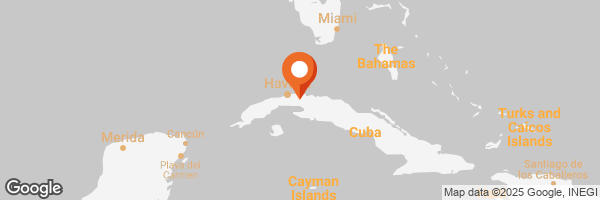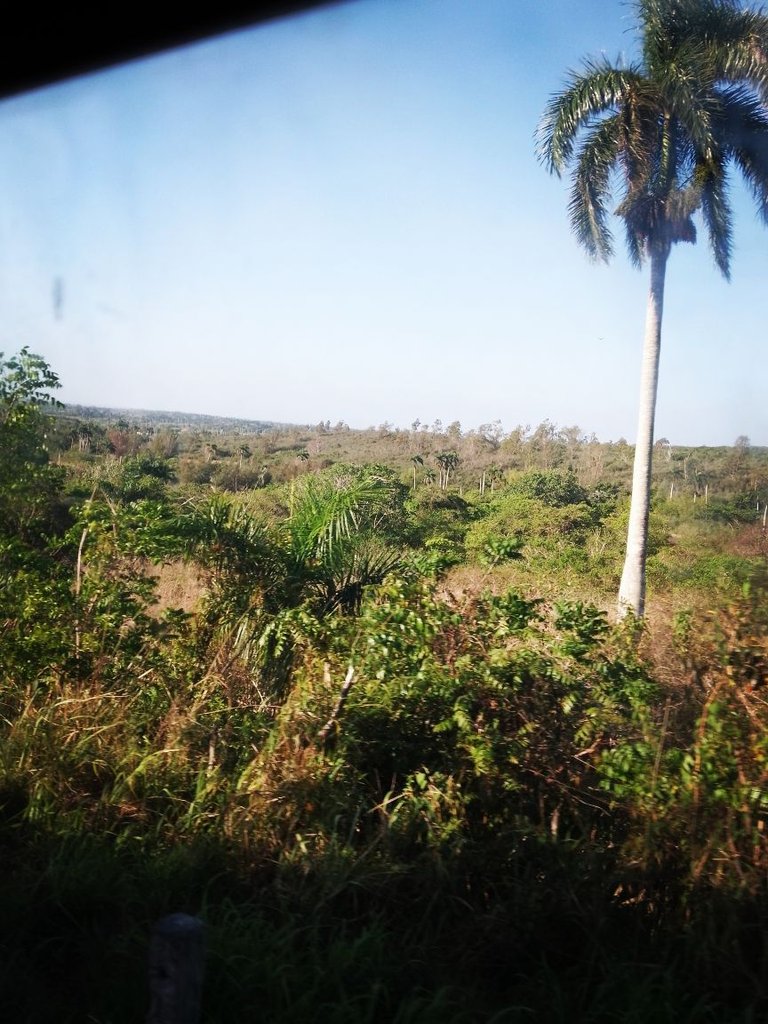
In a few days, we will celebrate the anniversary of the founding of the former ranch of San Luis del Guabal de Madruga, a small Cuban town that took advantage of the natural benefits of the rugged topography to build itself along Cuba's Central Highway.
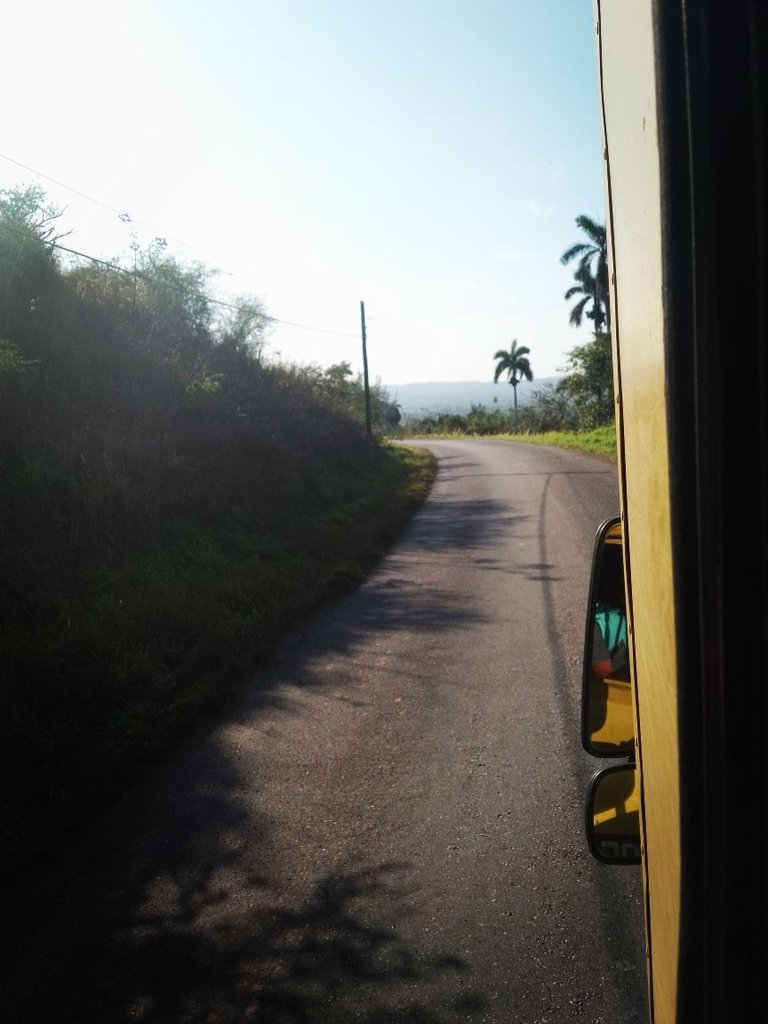

Located at kilometer 64 of this important road, Madruga was crossed by this engineering work from the island's Republican era. According to history, the primary reason for establishing the first settlement in this area was the presence of important bathing areas with medicinal waters.
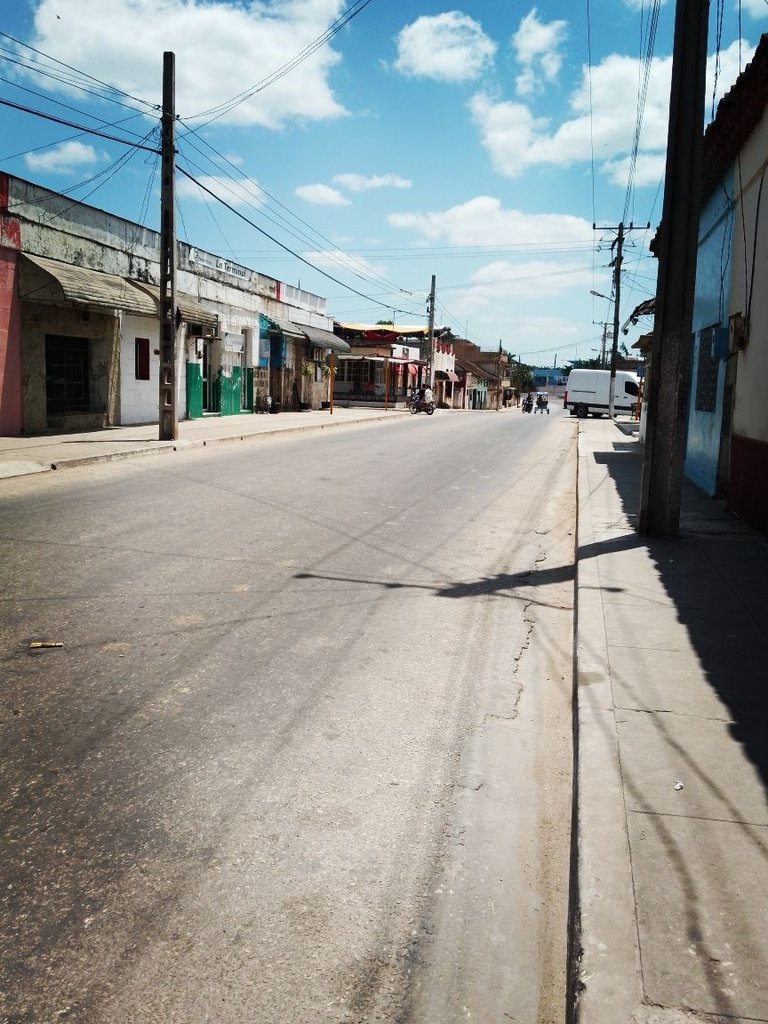
At the beginning of the 19th century, many families from Havana spent time at the site, attracted by the beautiful landscape and in search of health. Although the temporary dwellings were burned once the families completed their stay, by the first decade of the 20th century, the Marquis of Someruelos, Captain General of Cuba, ordered the preservation of the temporary dwellings. Three bathing houses were established: El Copey, Tigre, and La Paila. The latter is currently used as a sulfur water therapy site, but it has been closed for several months due to restoration work on the facilities. We will dedicate another post to La Paila.
The blessing is in the water
Since I was a child, I heard that the waters of Madruga were good for nothing other than curing illnesses. Over time, I learned the reason for this saying. The reasoning dates back to the 18th century, when a slave was expelled from his enlistment and abandoned to his fate due to multiple sores covering his body. In search of food and water, he ventured into the vegetation of the hills until he found a moderately deep spring where he bathed for a few days. The ulcers on his skin disappeared after contact with the water, and upon returning healthy to his masters' estate, word of the miracle began to spread.
The legend of the holy waters of Madruga was then born. But there is no legend in reality: the waters of Madruga heal. These waters are high in sulfur, calcium, magnesium, potassium, sodium, and other minerals that facilitate the cure of a wide range of illnesses.
The Road to the Water
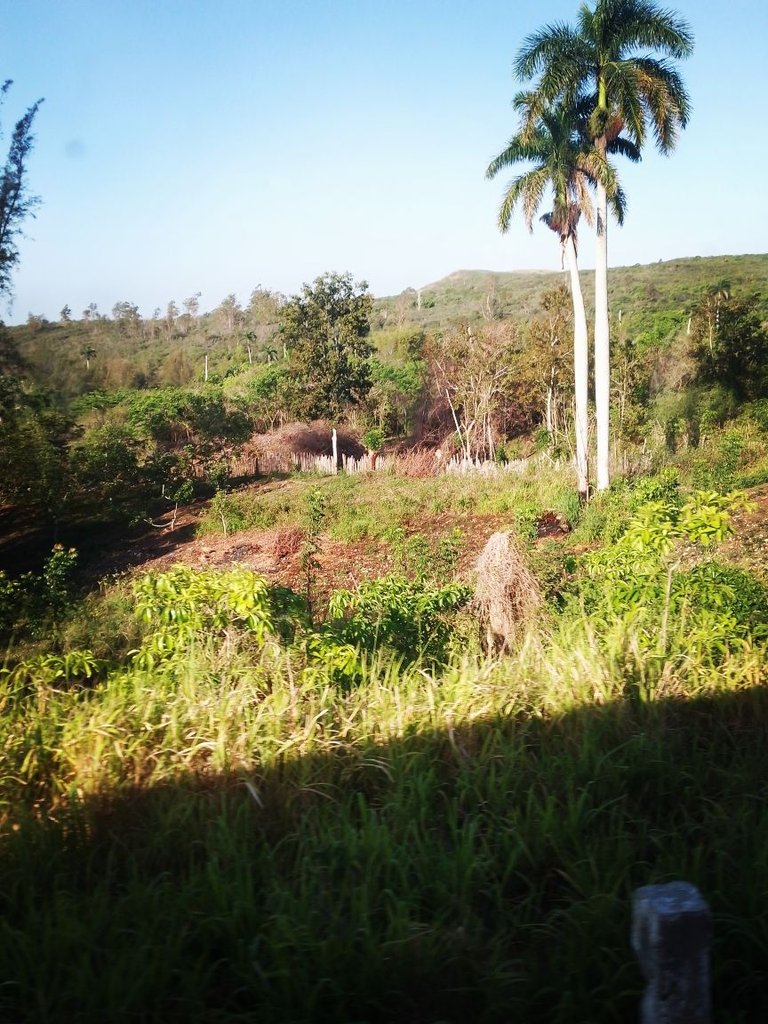
According to this reality, Madruga began to gain some importance, and therefore, routes had to be designed to reach the resorts. So it's no coincidence that the engineering layout of the Central Highway identified this geographical point as an area of interest.

Due to its rugged terrain, this section of the road is quite winding. The road rises 175 meters above sea level. The landscape reveals the ravine on one side, while on the other, the elevations corresponding to the San Pedro Hill (within the Bejucal-Madruga-Coliseo mountain range) are visible. Among the most dangerous and well-known sections is La Loma or Curva del Boquete.
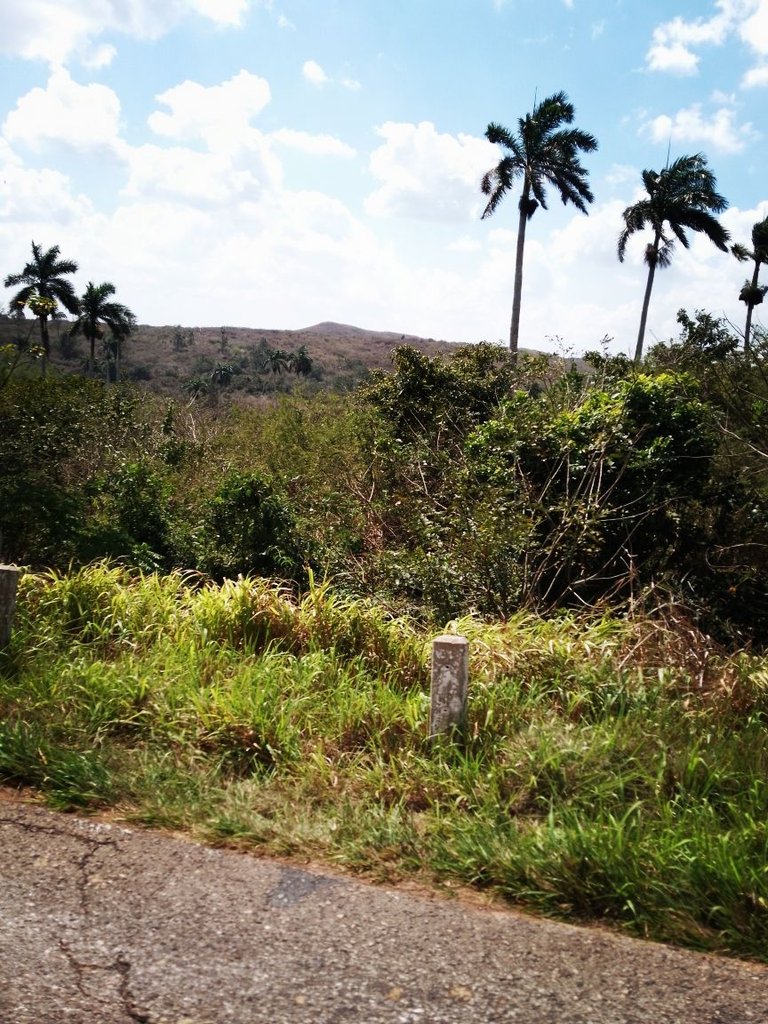
The landscape encompasses the typical beauty of Cuba: lush vegetation dominated by the Royal Palm, small karst elevations, red clay soils…

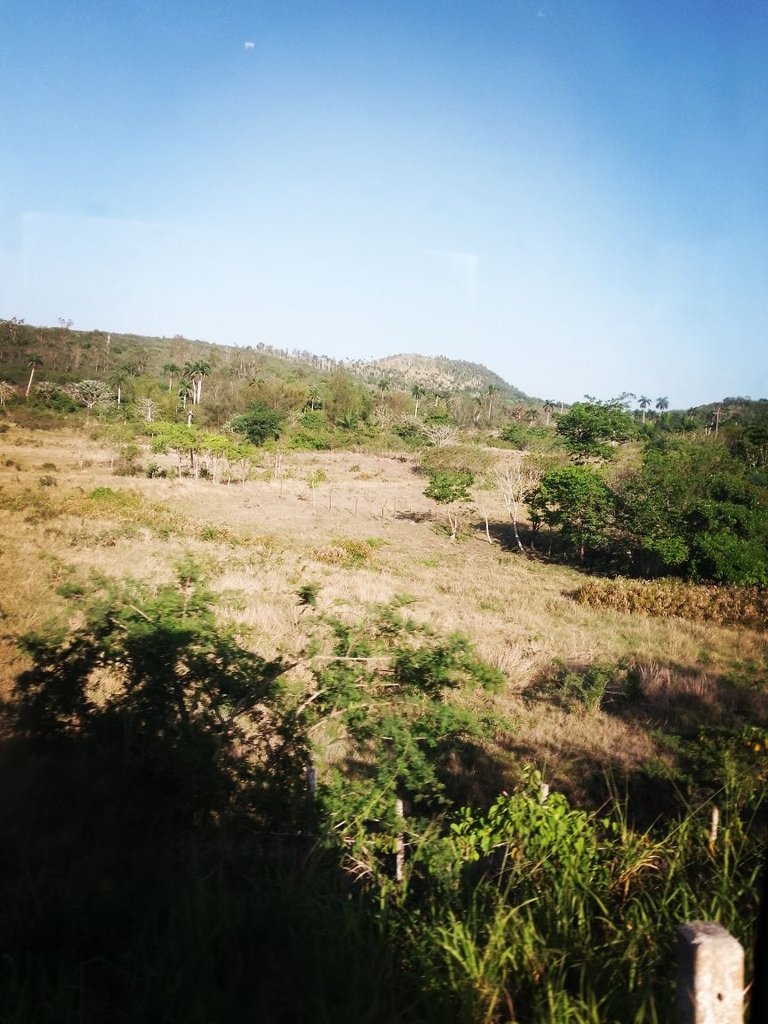

Following the curves of the road, you reach the town, whose heart is the park, which does not conform to the urban layout of most Cuban towns, including, within the area, the church building inherited from the structures of the Spanish colonial villas. Instead, the park is surrounded by small shops, cafes, and a restaurant serving small snacks and typical light meals.
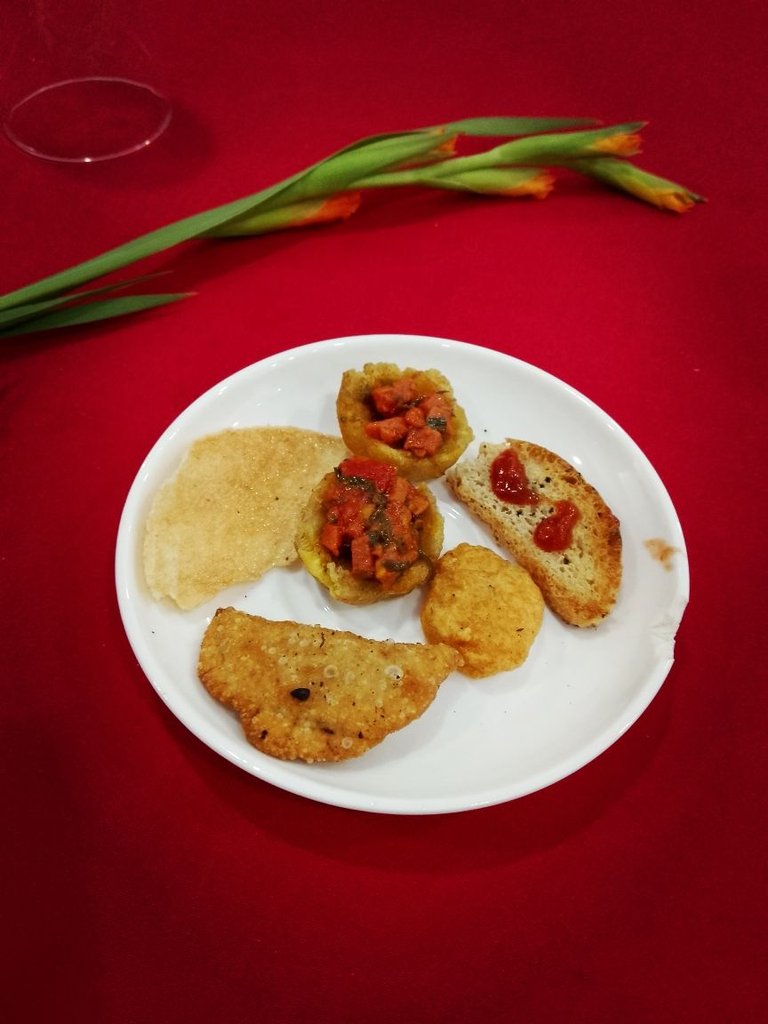
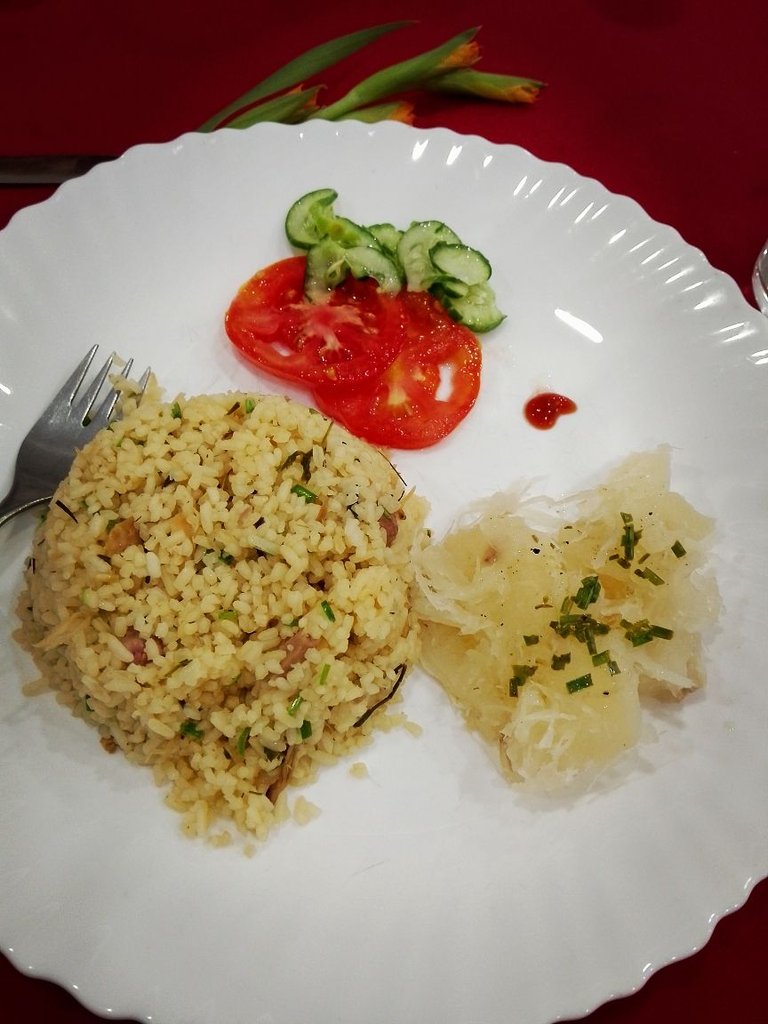

The park also has another unique feature it is elevated from the ground and sloped, perhaps to highlight the topography and pay homage to it, but also to achieve a logical leveling, as it is located, like almost all buildings, on hills and winding roads.
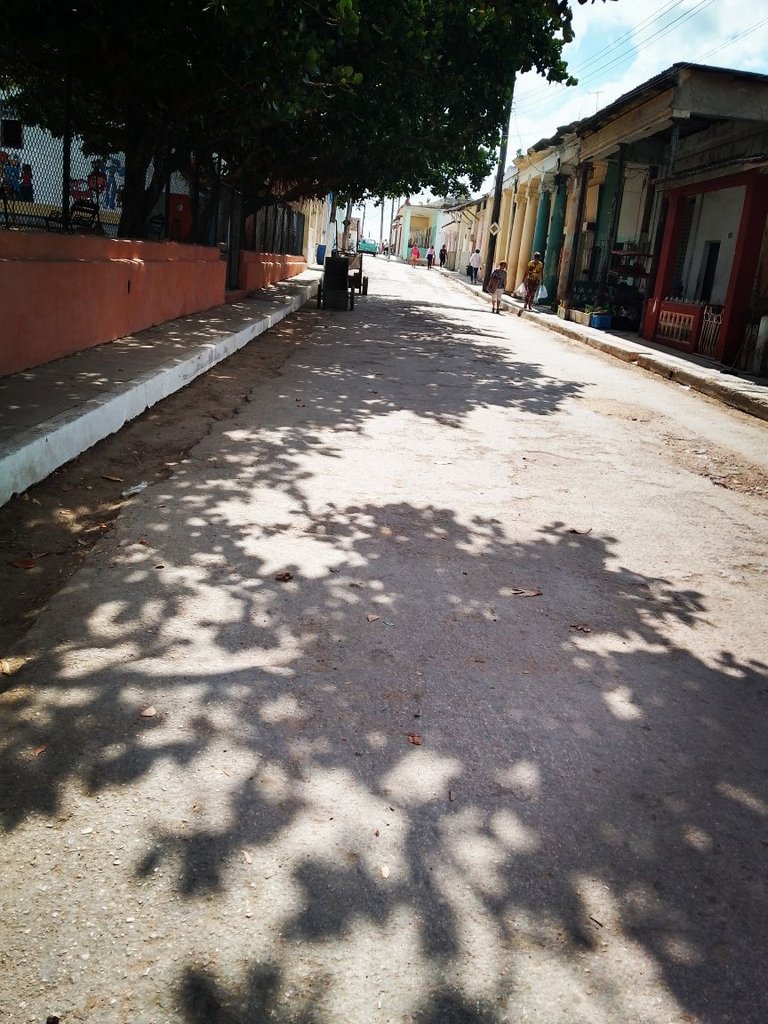
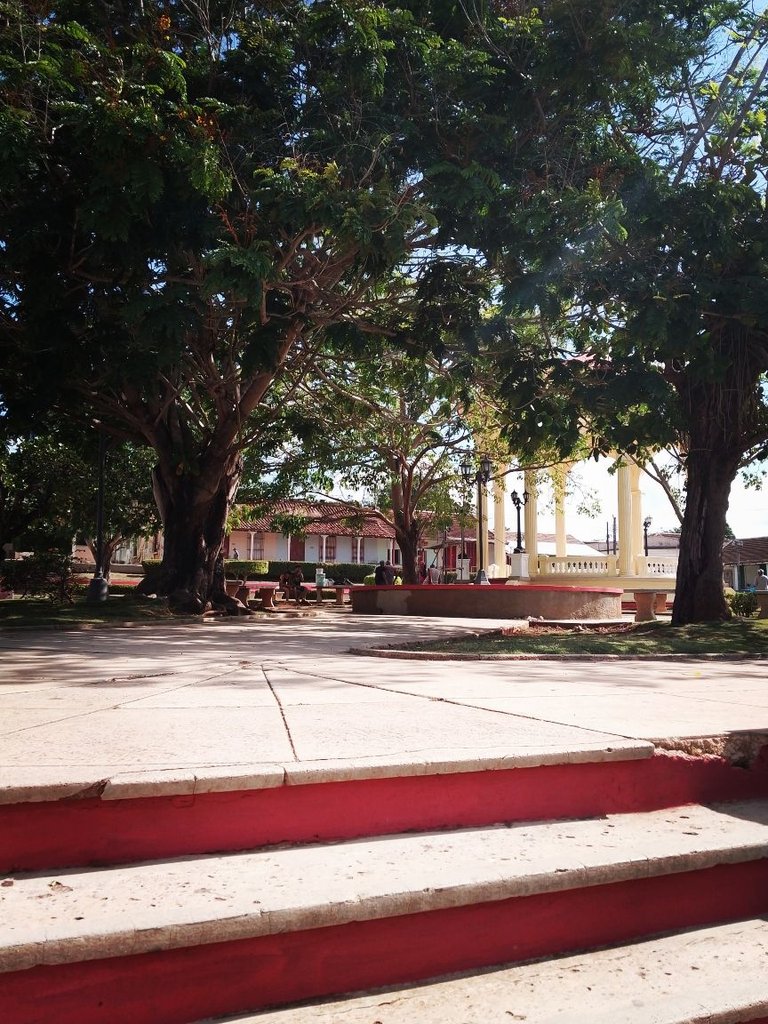
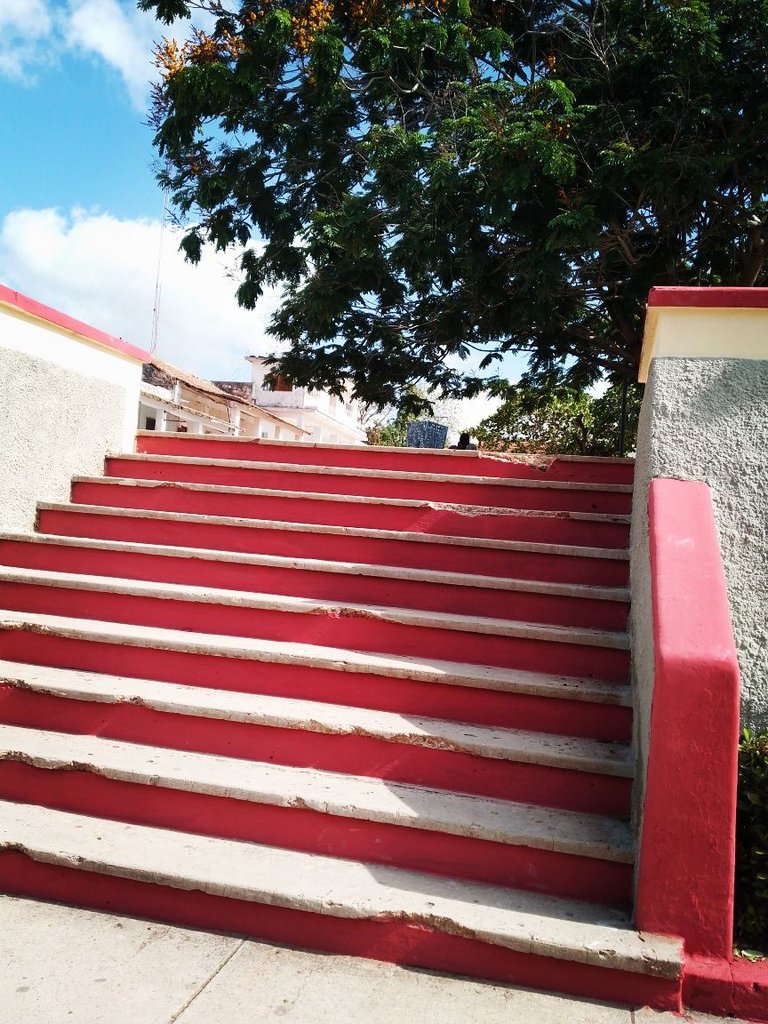
Visiting this town means traveling on a constant ascent and descent. A complete experience that balances intellectual activity with the physical one.
#Worldmappin traveling friends, I hope this post has sparked your interest in a place that, although humble, has unusual charms. I will be sharing about La Paila Spa and the famous Loma de la Gloria in upcoming posts. On my next visit in mid-May, I will be bringing you more images and stories from these places.
Until then, health and good fortune to all.
All rights over text and images belong to me


Dentro de pocos días se estará celebrando el aniversario de la fundación del otrora hato de San Luis del Guabal de Madruga, un pequeño poblado cubano que aprovechó los beneficios naturales de la accidentada topografía para erigirse junto a la Carretera Central de Cuba.


Situado en el kilómetro 64 de esta importante vía, Madruga fue atravesado por esta obra ingeniera de la época republicana de la Isla. Según cuenta la historia, la razón primordial para que se estableciera el primer asentamiento en esta zona fue la presencia de importantes zonas de baños con aguas medicinales.

A principios del siglo XIX, muchas familias provenientes de La Habana pasaban temporadas en el sitio, atraídas por la belleza del paisaje y en busca de salud. Aunque las viviendas temporales eran quemadas una vez que las familias concluía su estancia, para la primera década del mencionado siglo, el Marqués de Someruelos, Capitán General de Cuba, dispuso la conservación de las viviendas temporales, quedando establecidas tres casas para bañistas, El Copey, Tigre y La Paila, esta útima es la que actualmente se mantiene como sitio para la terapia con agua sulfurosa, pero que está cerrada hace algunos meses producto de una obra de restauración de las instalaciones. Pero a La Paila, dedicaremos otro post.
La bendición está en el agua
Desde niña escuché decir que las aguas de Madruga no servían para otra cosa que para curar enfermedades. Con el tiempo conocí el por qué de tal sentencia. El fundamento se remonta al siglo XVIII, cuando un esclavo fue expulsado de su dotación y abandonado a su suerte a causa de múltiples yagas que cubrían su cuerpo. En busca de alimento y agua se internó en la vegetación del lomerío hasta encontrar una fuente de agua medianamente profunda donde se bañó por unos días. Las úlceras de su piel desaparecieron tras el contacto con el agua y al regresar sano a la hacienda de sus amos comenzó a difundirse la voz sobre aquel milagro.
Se generaba entonces la leyenda de las aguas benditas de Madruga. Pero no hay leyenda en la realidad: las aguas de Madruga sanan. Y es que son aguas con un alto contenido de azufre, calcio, magnesio, potasio, sodio y otros minerales que facilitan la cura de un amplio espectro de enfermedades.
El camino hasta el agua
Según esta realidad, Madruga comenzó a cobrar cierta importancia, por ende, se debían trazar las rutas para llegar a los balnearios. Así que no es coincidencia que en el trazado ingeniero de la Carretera Central se observara a este punto de la geografía como una zona de interés.

Como su relieve es accidentado, este tramo de la carretera es bastante sinuoso. La carretera se eleva 175m sobre el nivel del mar. El paisaje deja ver el barranco a uno de sus lados, mientras a otro se observan elevaciones correspondientes a la Loma de San Pedro (dentro del macizo montañoso Bejucal-Madruga- Coliseo). Dentro de los tramos más peligrosos y conocidos está el de La Loma o Curva del Boquete.

El paisaje comprende la belleza típica de Cuba: vegetación pródiga con supremacía de la Palma Real, pequeñas elevaciones cársicas, suelos arcillosos rojos…



Siguiendo las curvas del camino, se llega al poblado, cuyo corazón es el parque, y que no obedece a la disposición urbanística de la mayoría de los poblados cubanos que comprenden, dentro de la zona, al edificio de la iglesia heredado de las estructuras de las villas de la colonia española. En lugar de ello, el parque está rodeado por pequeños comercios, cafeterías y un restaurant en el que se consumen pequeños refrigerios y comida ligera típica.



El parque también posee otra particularidad y es que está elevado con respecto a la superficie del suelo y en pendiente, quizás para resaltar como símbolo de la topografía y en homenaje a ello pero además para lograr la lógica nivelación al estar situado, como casi todas las edificaciones, en lomas y caminos sinuosos.



Visitar este pueblo es transitar en constante ascenso y descenso. Una experiencia completa para mantener en el mismo bando de la actividsd intelectual a la actividad física.
Amigos viajeros de #Worldmappin, es mi deseo que este post haya despertado su interés por un sitio que, aunque humilde, tiene encantos poco usuales a encontrar. Sobre el Balneario La Paila o la famosa Loma de la Gloria estaré compartiendo en próximos post. En mi futura visita a mediados de mayo estaré trayéndoles otras imágenes e historias de estos lugares.
Hasta entonces, salud y buena fortuna a todos.
Todos los derechos sobre texto e imágenes me pertenecen

